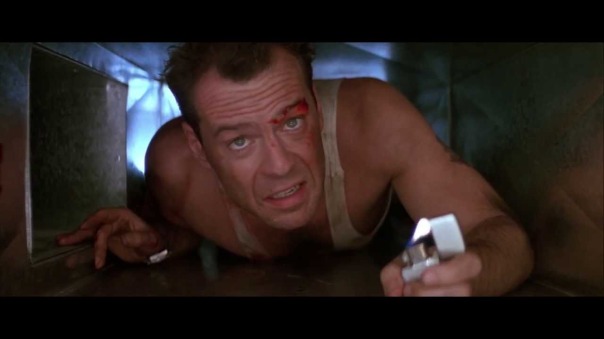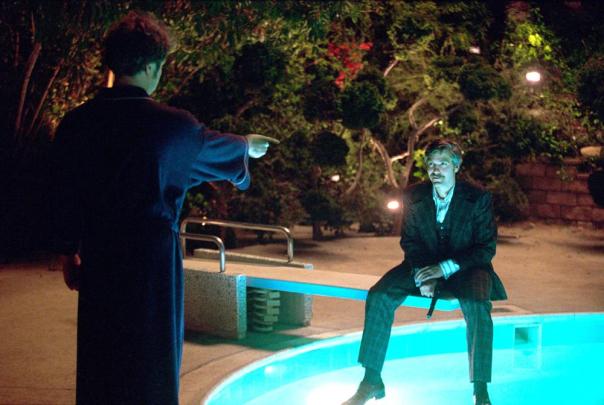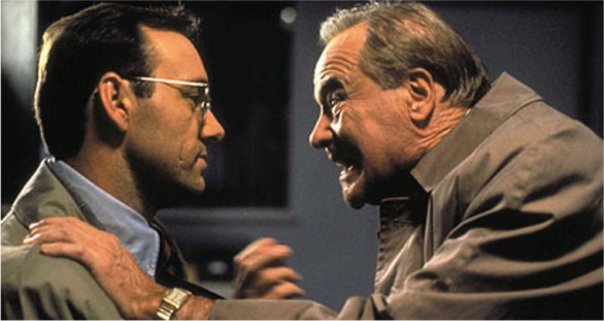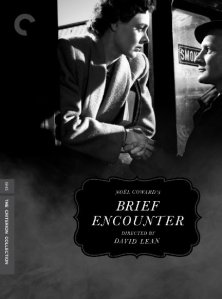 Well, I survived my movie challenge last year and (partially) as a result it’s been eight months since I’ve worked on this blog.
Well, I survived my movie challenge last year and (partially) as a result it’s been eight months since I’ve worked on this blog.
It’s fitting that my writing perch now has a view of my signed Mike Birbiglia poster (taken from the poster sale by a former coworker at the ol’ Edina Cinema) because my last post here was about Birbiglia’s film “Don’t Think Twice.” He did a Q&A about the film after the July 2016 screening at the Lagoon Cinema and, other than his obviously flawless and brilliant response to the questions I kept telling myself I would ask if I had the courage, I remember the breeze of comedic genius as he walked by my aisle seat to the front of the theater. Maybe I’ll meet him someday, but at the same time it’s enough for me to sit and listen and admire that he can sell out huge theaters and at the same time spend weeks touring to different cities doing Q&A’s and teaching improv classes to local comedians.
I could talk and write about him forever, but I didn’t come back here only to gush about Mike Birbiglia.
BUT I could keep going about him … no? Okay fine.
I know you’re all wondering about the side effects of watching 366 movies in one year (you can see the full list here) and I will say (Captain Obvious – be on alert, I’m about to steal your thunder) it’s too many movies and I think I missed some of the impact they would have had if I watched them at the pace of a normal person.
That said, there’s a good chance I would never get around to some of the classics and obscure films I made it through — “It Happened One Night,” “Charade,” “Prayer of the Rollerboys,” and “The Story of Ricky” come to mind.
This brings to mind another side effect of the challenge, any time someone asks me what my favorite or most memorable films are from last year, the answer always changes.
I should just carry my movie notebook around with me so I can consult the list and make sure I am really delivering the goods. (Dating tip: read from your movie, shopping, pet name, dream vacation, etc. list when things get awkward.)
I do have a movie notebook with my list now, which is another benefit of the challenge, although it makes me wish I had kept one all along so I would have a record of everything I’ve seen; and a tool for those extremely awkward date moments — like when a guy says you have nice veins. Um, so have you seen “Working Girl?”
This year, I only have nine movies to refer to compared to 75 by the end of this day last year when I watched “Upstream Color” and “That Touch of Mink.” Don’t ask me what they’re about.
The last movie I saw was “Kong: Skull Island” — mainly to see my girl Brie Larson and my boy Marc Evan Jackson, who delivers some great one-liners — my favorite being “Oh dear.” I can’t give away the context to that line, but just wait until you see it.
Since the beginning of the year I’ve also watched “Jackie,” “Pitch Perfect,” “Julieta,” “20th Century Women,” “Sing,” “Moonlight,” “Split,” “Baby Mama,” and the aforementioned “Kong: Skull Island.”
I knew very little about the film before seeing it and learned, from another former co-worker at the ol’ Edina Cinema when I stopped in there the other day, that the director– Jordan Vogt-Roberts — also made “The Kings of Summer.”
It’s an indie film that didn’t get nearly the attention it deserved, in my opinion, and represents a new trend of those directors breaking into the Hollywood blockbuster world with positive results: witty scripts and comedic actors coupled with special effects and action.
Another example: Colin Trevorrow made “Jurassic World” in addition to “Safety Not Guaranteed,” thus bringing together Chris Pratt, Lauren Lapkus and Jake Johnson and some pesky dinosaurs.
“Kong: Skull Island” has the right mix of action, humor (John C. Reilly) and heart and I hope the trend represented by the work of Vogt-Roberts and Trevorrow (who is making a “Jurassic World” sequel) continues.
As for me and my movie-watching challenge plans for the future, I think it’s to be continued …
I’ll see what I want to see and what I’m in the mood for this year (something I couldn’t always do in 2016) and next year might embark on a challenge of a smaller scale than 366 movies.
There are a lot out there I need and want to see and perhaps I’ll be ready to put some lipstick on and watch a ton of movies, again, by 2018.
Until then, I leave you with this reminder from Paul F. Tompkins to see ‘Kong: Skull Island” and one from me to see “The Kings of Summer.”
 It started out strong with John Carpenter’s The Fog, a film I knew little about but enjoyed both for its visual effects and solid scares. The film, based on a fable about shipwrecked—possibly murdered—men who attack the village of Antonio Bay on the 100-year anniversary of their death, builds slowly but it was an effective style choice.
It started out strong with John Carpenter’s The Fog, a film I knew little about but enjoyed both for its visual effects and solid scares. The film, based on a fable about shipwrecked—possibly murdered—men who attack the village of Antonio Bay on the 100-year anniversary of their death, builds slowly but it was an effective style choice.
 Notorious is a flawless and brilliant work by Hitchcock as he continued to explore common themes and characters in the film in partnership with regular star Bergman and writer Ben Hecht. They also pushed the boundaries of the production code with the longest on-screen kiss between Alicia and T.R. that brought to light chemistry between Grant and Bergman.
Notorious is a flawless and brilliant work by Hitchcock as he continued to explore common themes and characters in the film in partnership with regular star Bergman and writer Ben Hecht. They also pushed the boundaries of the production code with the longest on-screen kiss between Alicia and T.R. that brought to light chemistry between Grant and Bergman. Another fateful encounter at the library was with a lone copy Die Hard, resulting in the fact that “yippee-ki-yay-motherfucker” is now part of my vernacular (or at least my internal monologue.)
Another fateful encounter at the library was with a lone copy Die Hard, resulting in the fact that “yippee-ki-yay-motherfucker” is now part of my vernacular (or at least my internal monologue.) Big news from last week, I made it to movie 100! The film I watched wasn’t exactly what I intended to for such a milestone in this challenge; but after yet another stressful day at the office I wanted to see something at the theater I also work at (a place that is oddly calming for me) and unwind a bit.
Big news from last week, I made it to movie 100! The film I watched wasn’t exactly what I intended to for such a milestone in this challenge; but after yet another stressful day at the office I wanted to see something at the theater I also work at (a place that is oddly calming for me) and unwind a bit. Charade is one of the top films I’ve watched this year now and I really loved the build to the true dynamic between Audrey Hepburn and Cary Grant’s characters as well as the secrets behind her husband’s death, his identity and the money at the center of everyone’s trust issues. Confessions of a Dangerous Mind, from George Clooney and Charlie Kaufman, takes the memoir of game show host Chuck Barris to explore his rumored time as a CIA operative and how he balanced that with career and his love with Penny (Drew Barrymore.) In addition to being funny and mysterious, the film is visually on par using angles, close-ups on its characters and artistic technique to further tell the story. I’ve always liked Sam Rockwell, and this could be his best work that I’ve seen. He embodies Barris’ persona, yet makes it look effortless.
Charade is one of the top films I’ve watched this year now and I really loved the build to the true dynamic between Audrey Hepburn and Cary Grant’s characters as well as the secrets behind her husband’s death, his identity and the money at the center of everyone’s trust issues. Confessions of a Dangerous Mind, from George Clooney and Charlie Kaufman, takes the memoir of game show host Chuck Barris to explore his rumored time as a CIA operative and how he balanced that with career and his love with Penny (Drew Barrymore.) In addition to being funny and mysterious, the film is visually on par using angles, close-ups on its characters and artistic technique to further tell the story. I’ve always liked Sam Rockwell, and this could be his best work that I’ve seen. He embodies Barris’ persona, yet makes it look effortless.



 Think of Edge of Tomorrow as an action version of Groundhog Day where the characters have the ability to relive moments in time and therefore predict the future. The film is another display of Emily Blunt’s versatility as an actress as she completely owns a role as an action hero one minute and the next can star in a dramatic or comedic film (Your Sister’s Sister or The Five Year Engagement.) I enjoyed Tom Cruise’s performance as Major William Cage, who transforms from a man of power to kind of a bumbling idiot and back again as the world faces a devastating attack by aliens. Blunt plays Rita, (aka the Angel of Verdun), a soldier trained to end the war who was formerly afflicted by the same “power” Cage has to relive each day in order to ultimately outsmart the alien enemy. As Cage and Rita’s characters, and their relationship, build throughout the film and there is an equal combination of wit, solid special effects with a unique time travel/science fiction story at its core.
Think of Edge of Tomorrow as an action version of Groundhog Day where the characters have the ability to relive moments in time and therefore predict the future. The film is another display of Emily Blunt’s versatility as an actress as she completely owns a role as an action hero one minute and the next can star in a dramatic or comedic film (Your Sister’s Sister or The Five Year Engagement.) I enjoyed Tom Cruise’s performance as Major William Cage, who transforms from a man of power to kind of a bumbling idiot and back again as the world faces a devastating attack by aliens. Blunt plays Rita, (aka the Angel of Verdun), a soldier trained to end the war who was formerly afflicted by the same “power” Cage has to relive each day in order to ultimately outsmart the alien enemy. As Cage and Rita’s characters, and their relationship, build throughout the film and there is an equal combination of wit, solid special effects with a unique time travel/science fiction story at its core. I thought
I thought  Paris, Texas, is a telling road movie in three parts that defines the relationship between two brothers, a father and son and husband and wife. After disappearing for four years, Travis (Harry Dean Stanton) resurfaces wandering in the desert in Texas. His brother Walt (Dean Stockwell) picks him up and they drive to Los Angeles together to reunite Travis with his son, Hunter. Starting with Walt and Travis’s trip, the characters learn about each other as a result of the missing presence of Travis in their lives the last four years.
Paris, Texas, is a telling road movie in three parts that defines the relationship between two brothers, a father and son and husband and wife. After disappearing for four years, Travis (Harry Dean Stanton) resurfaces wandering in the desert in Texas. His brother Walt (Dean Stockwell) picks him up and they drive to Los Angeles together to reunite Travis with his son, Hunter. Starting with Walt and Travis’s trip, the characters learn about each other as a result of the missing presence of Travis in their lives the last four years. I really wanted to make it through five movies today, but there can be too much of a good thing — even my favorite thing. It was a rare nice day in Minneapolis so I wanted to fit in a walk outside and of course I spent more time than I planned for on my blog. Frankenstein, however, did make for a perfect conclusion to my catch-up day because it’s only a little longer than an hour and known as one of the classic horror films of all time that’s been on my list to watch. I would say it is more unsettling and suspenseful that scary but, taking into account its release in 1931, Frankenstein is certainly a cinematic accomplishment of the era and all time.
I really wanted to make it through five movies today, but there can be too much of a good thing — even my favorite thing. It was a rare nice day in Minneapolis so I wanted to fit in a walk outside and of course I spent more time than I planned for on my blog. Frankenstein, however, did make for a perfect conclusion to my catch-up day because it’s only a little longer than an hour and known as one of the classic horror films of all time that’s been on my list to watch. I would say it is more unsettling and suspenseful that scary but, taking into account its release in 1931, Frankenstein is certainly a cinematic accomplishment of the era and all time.

